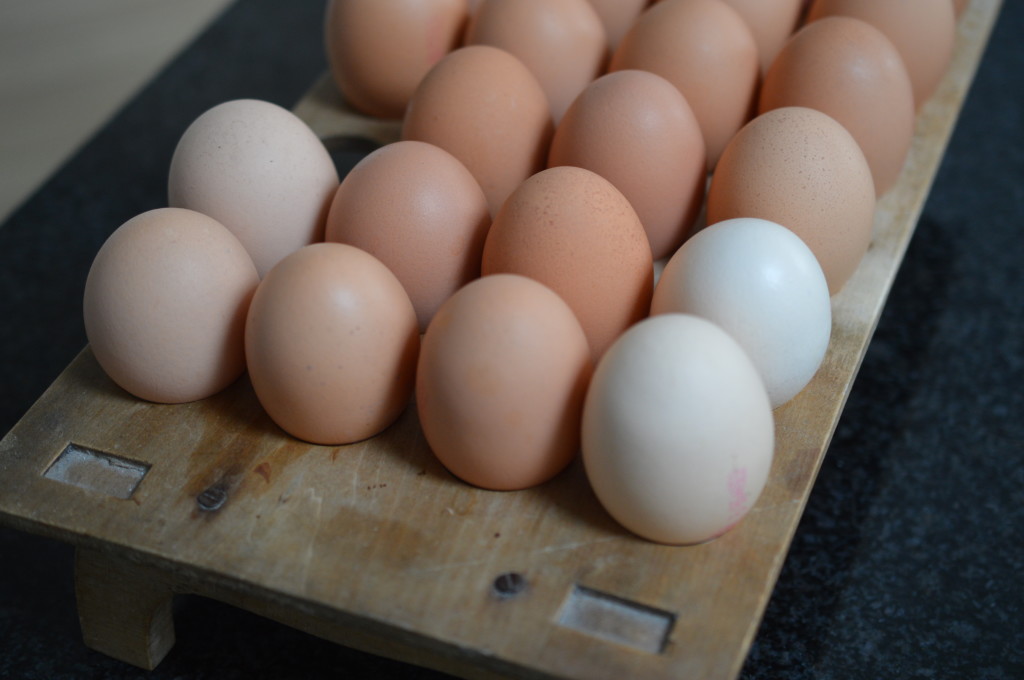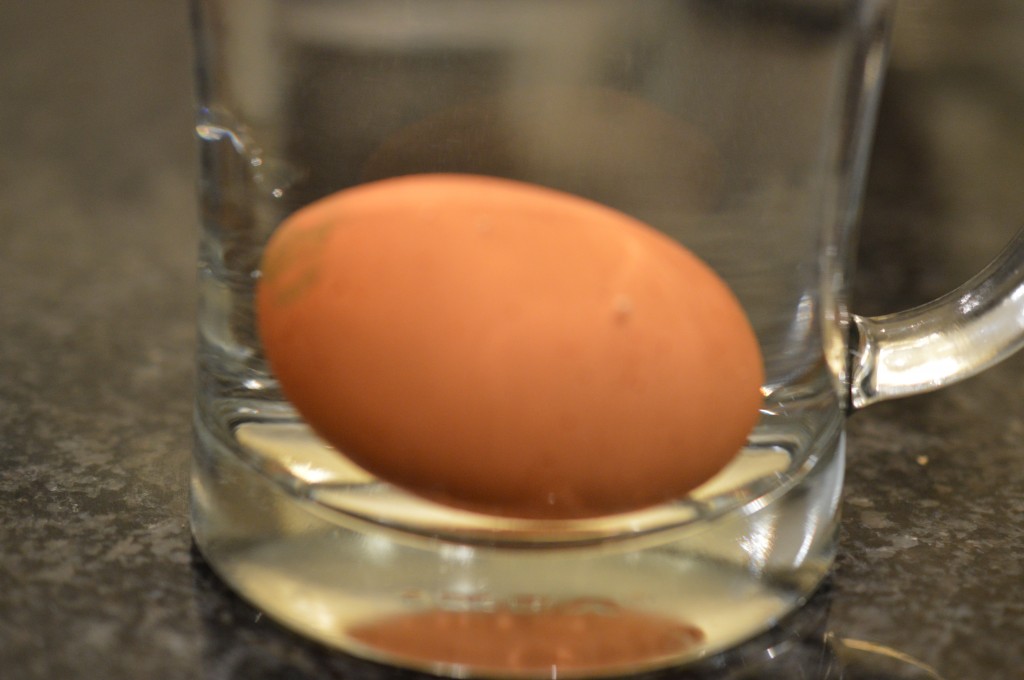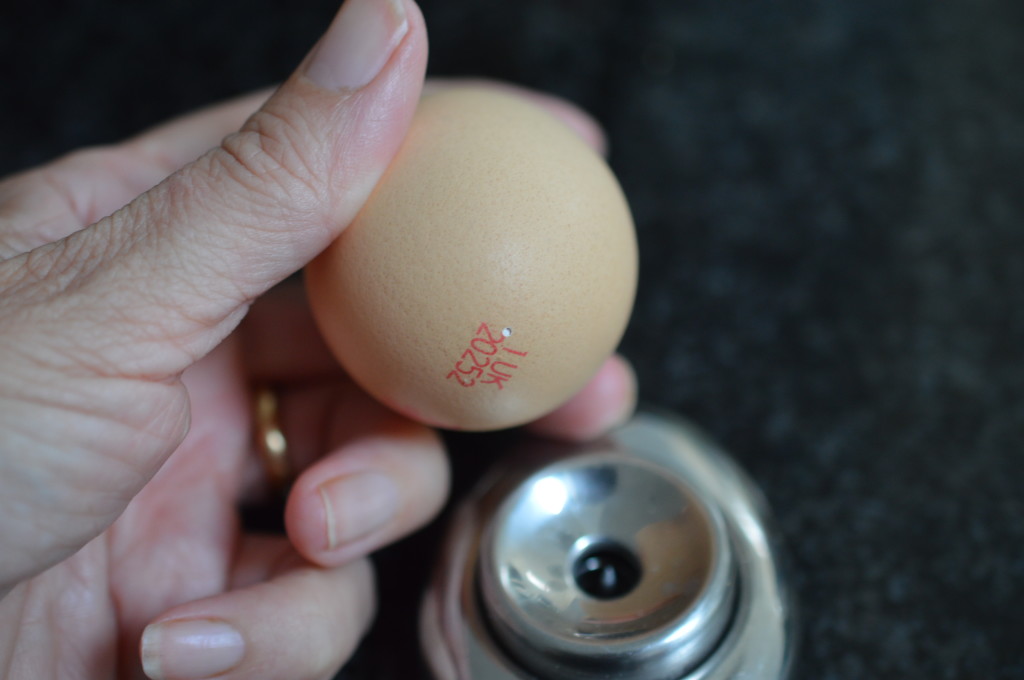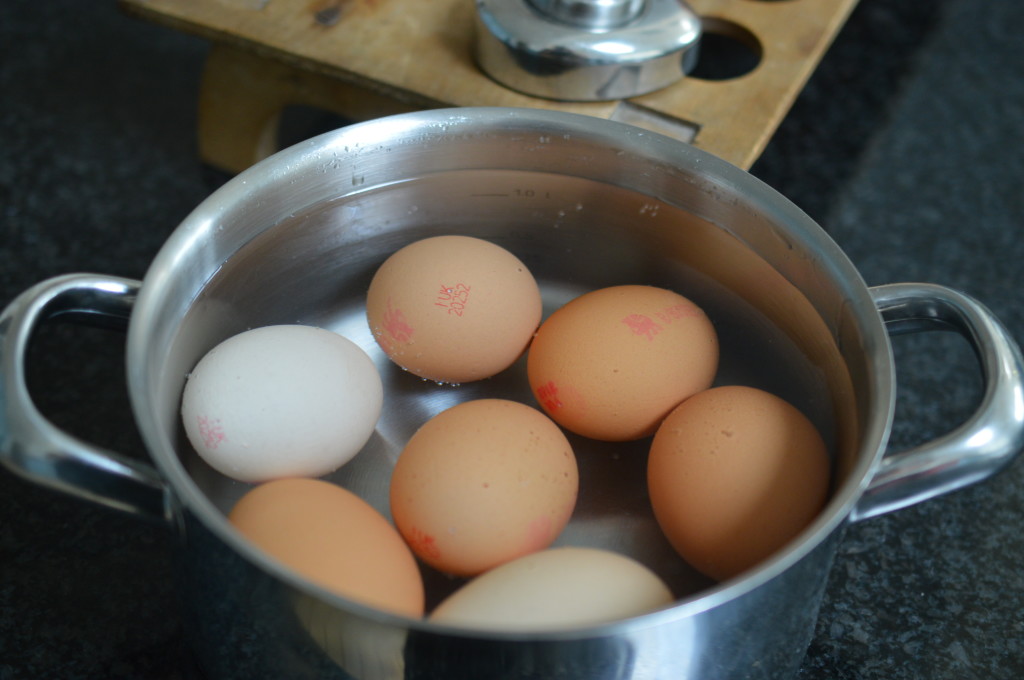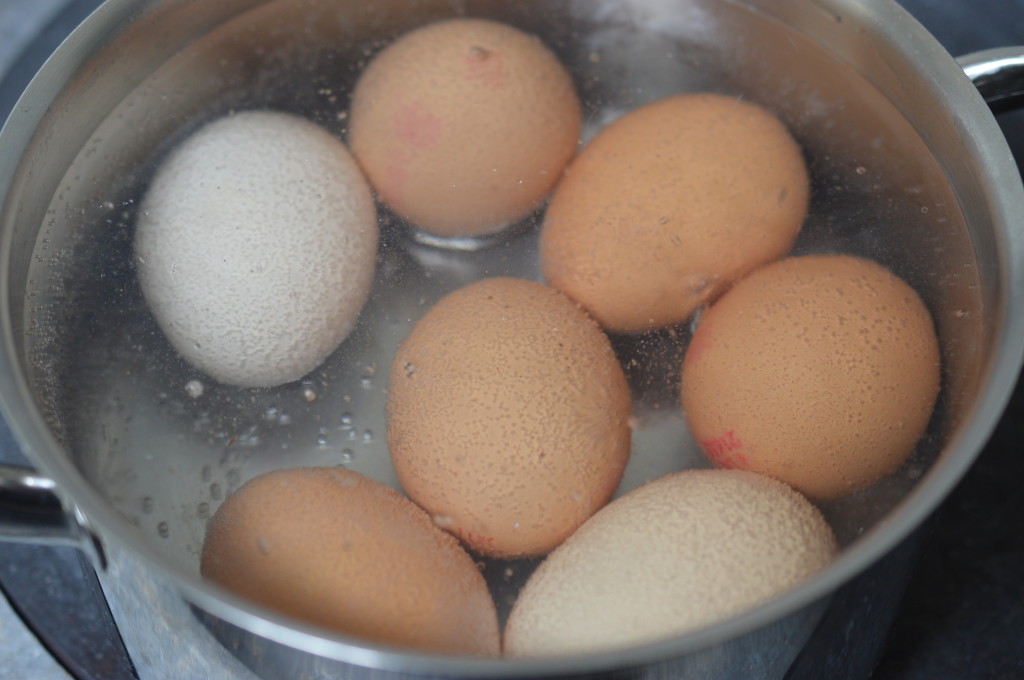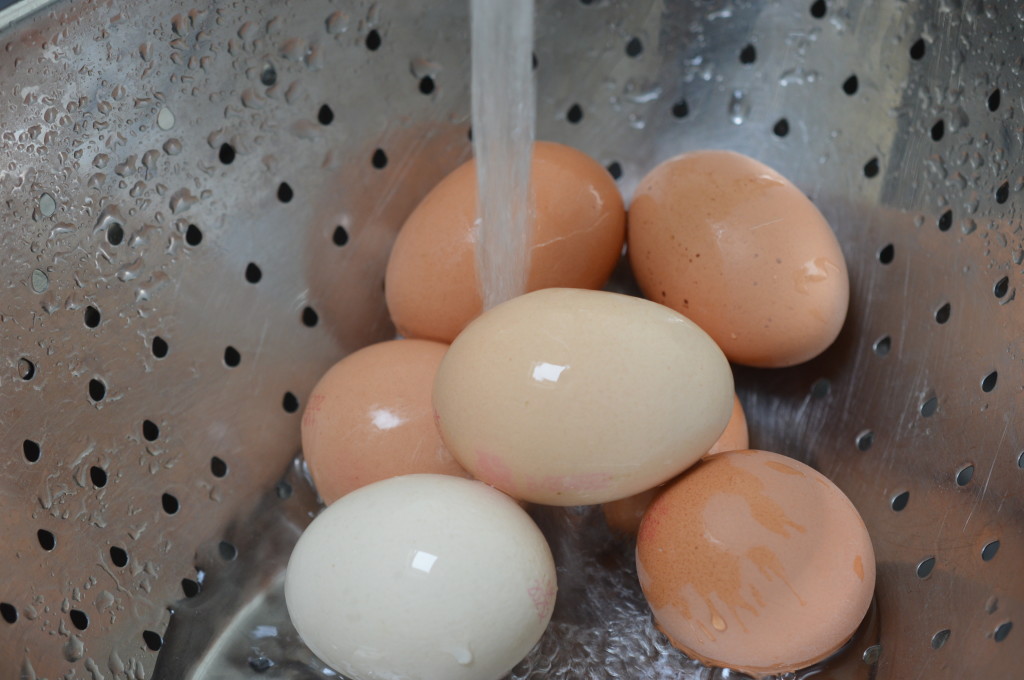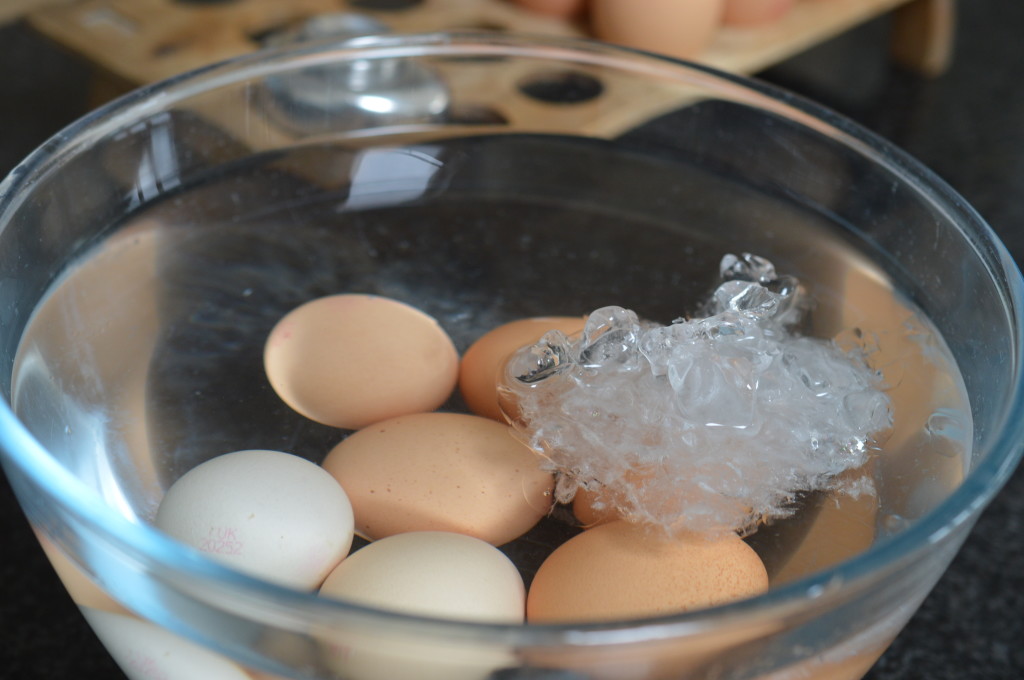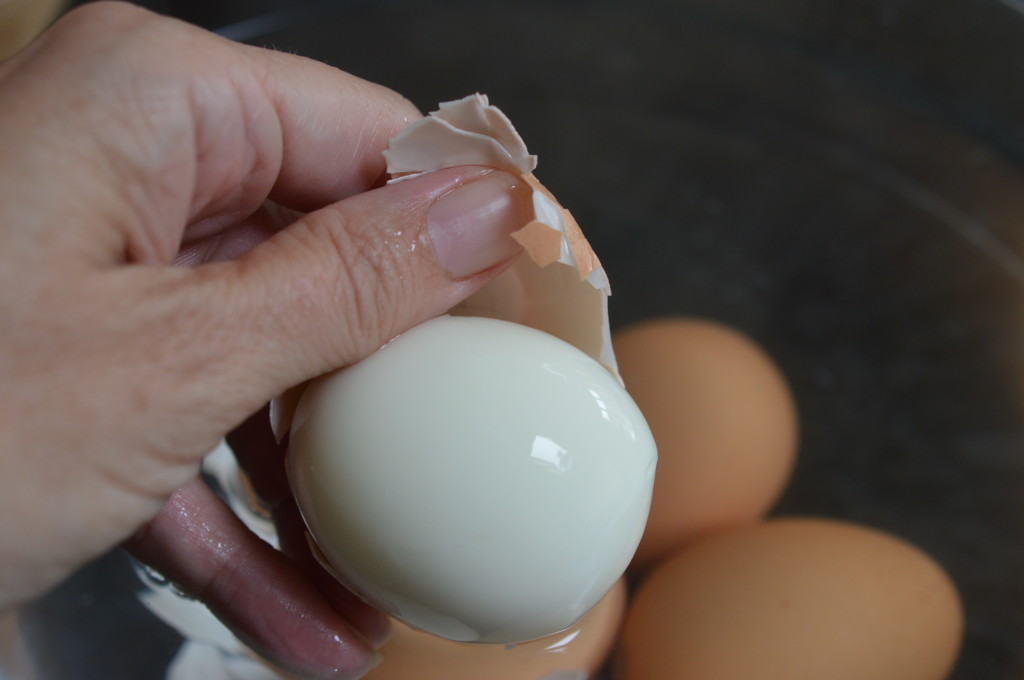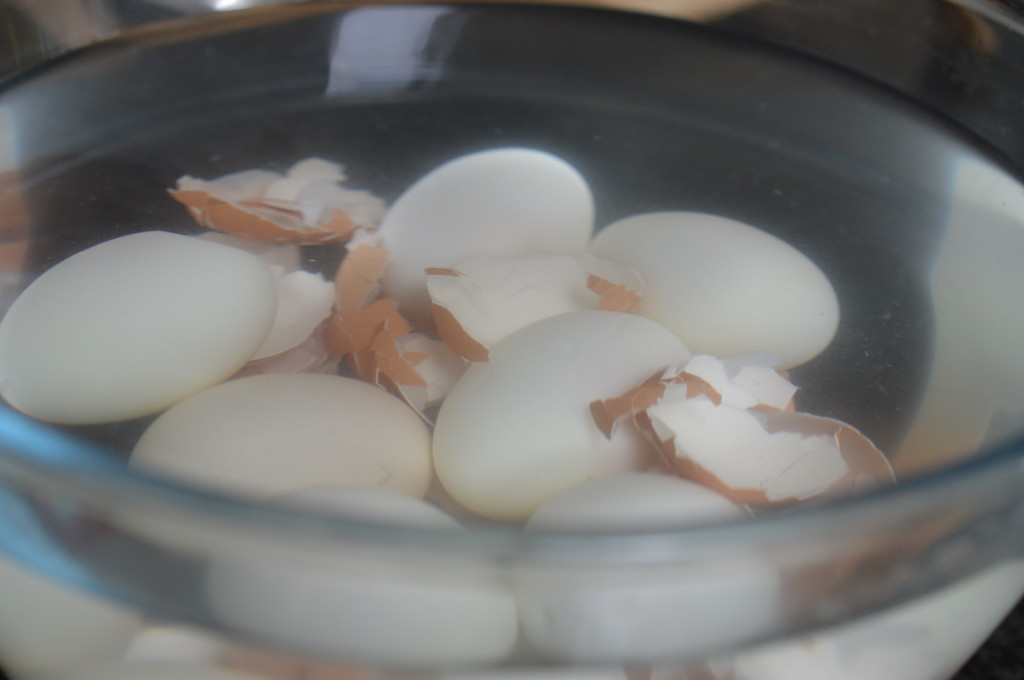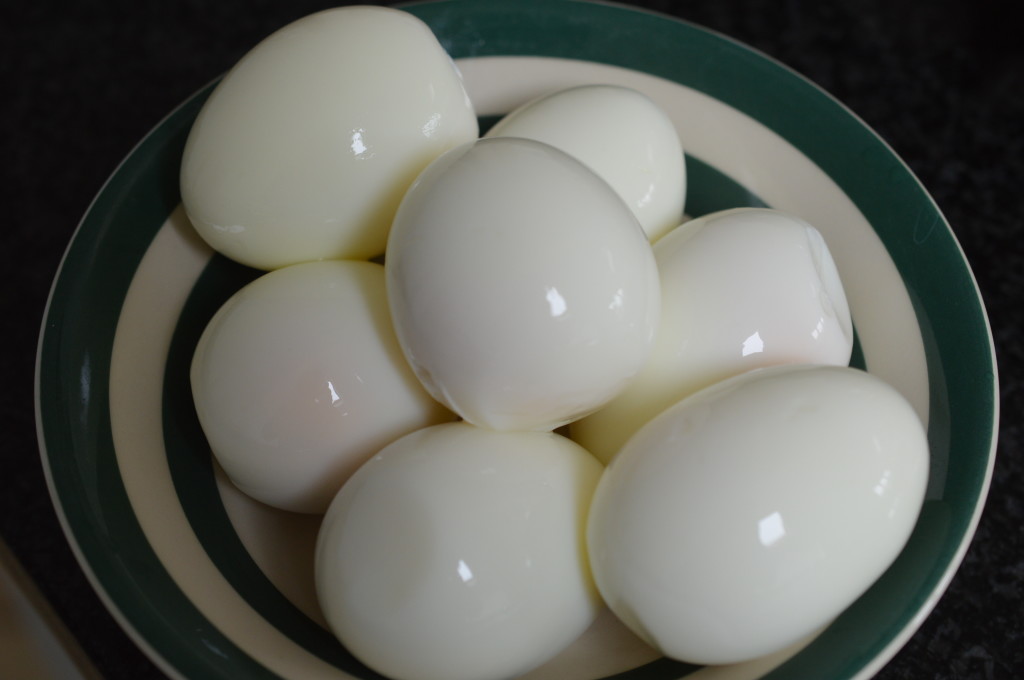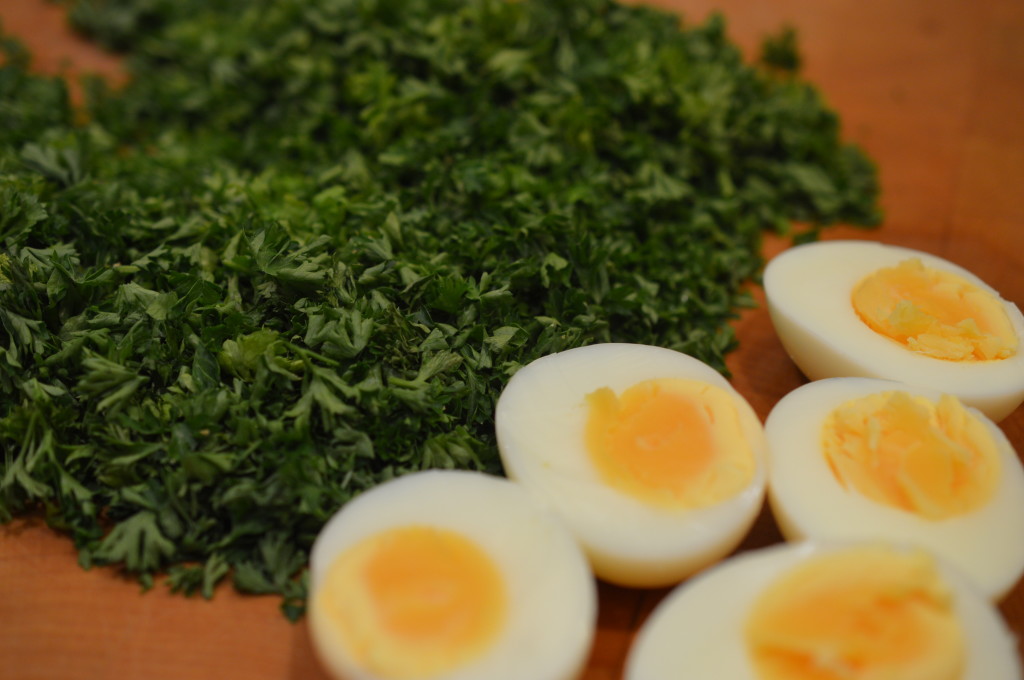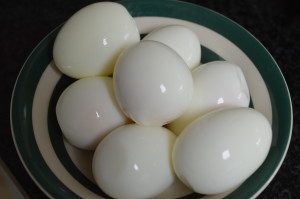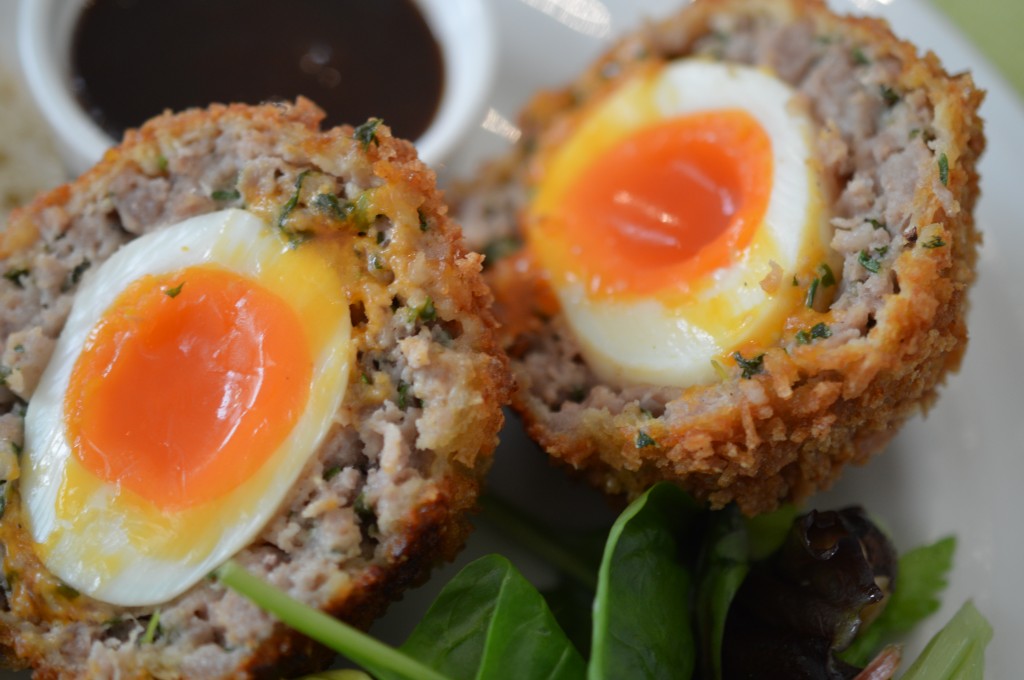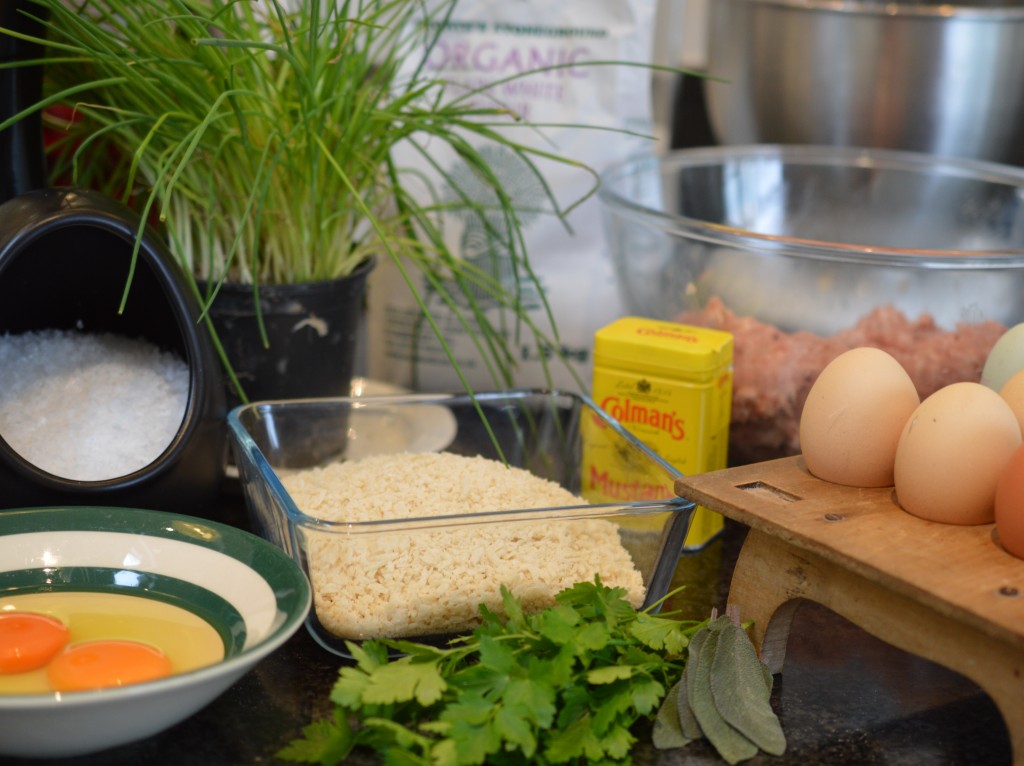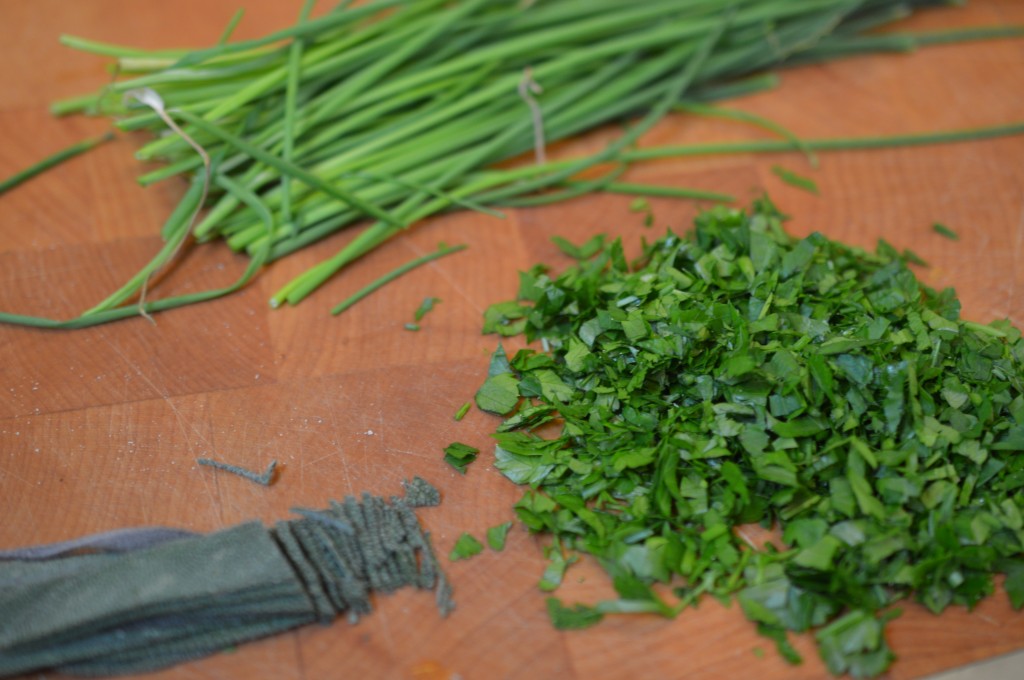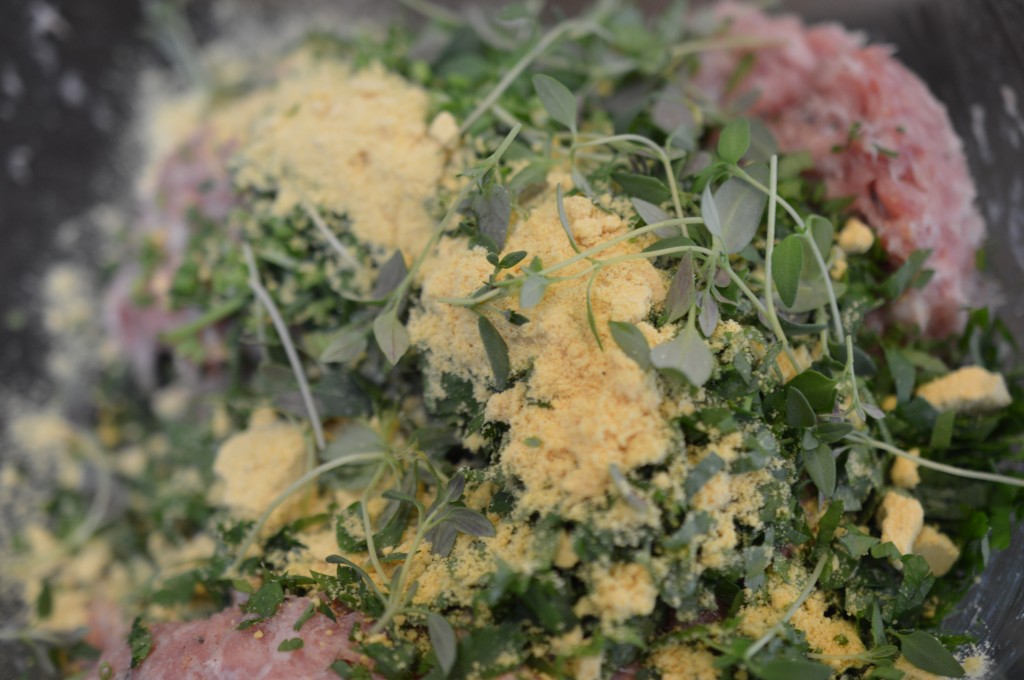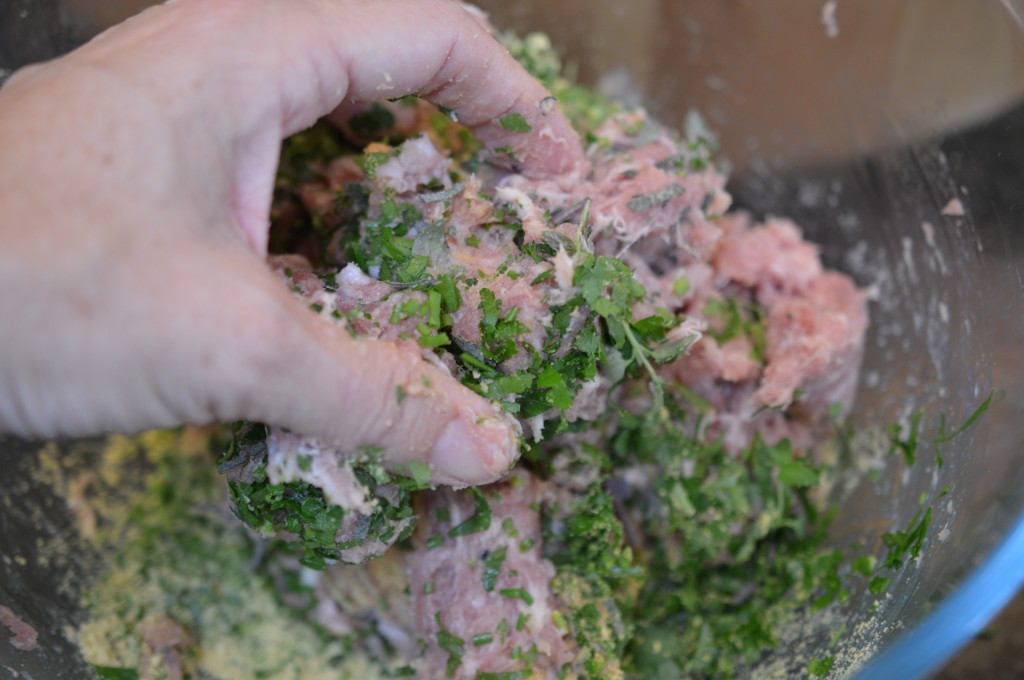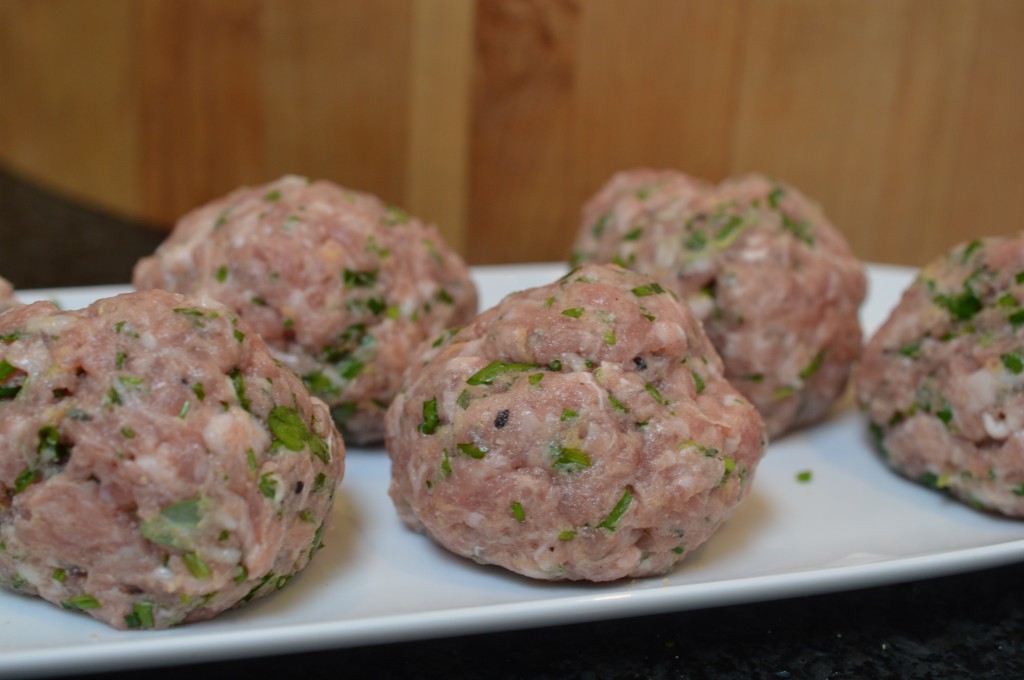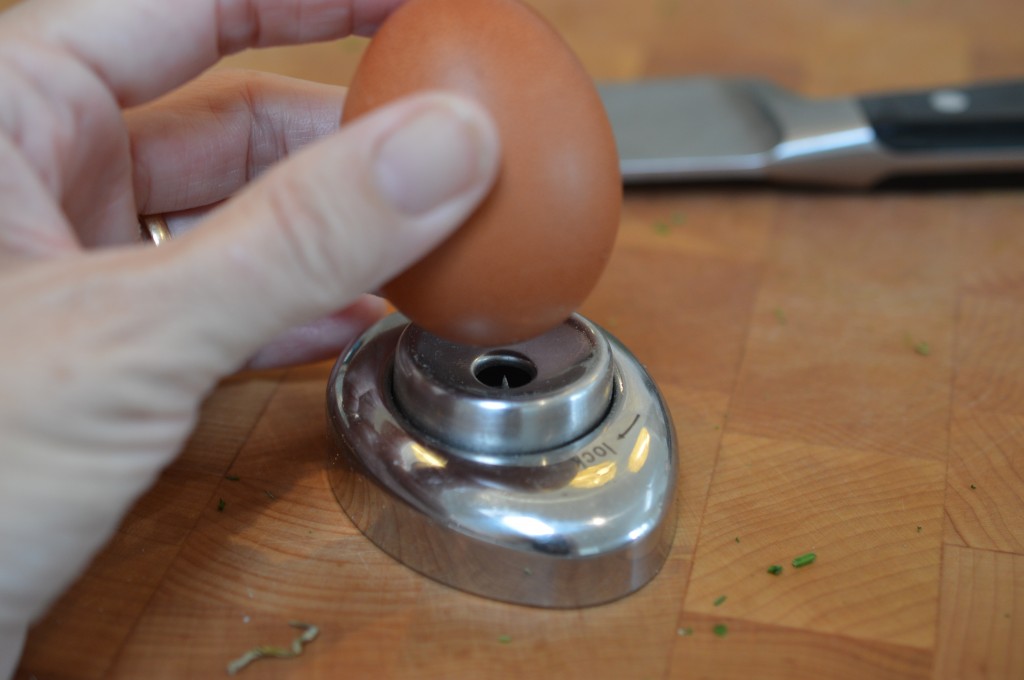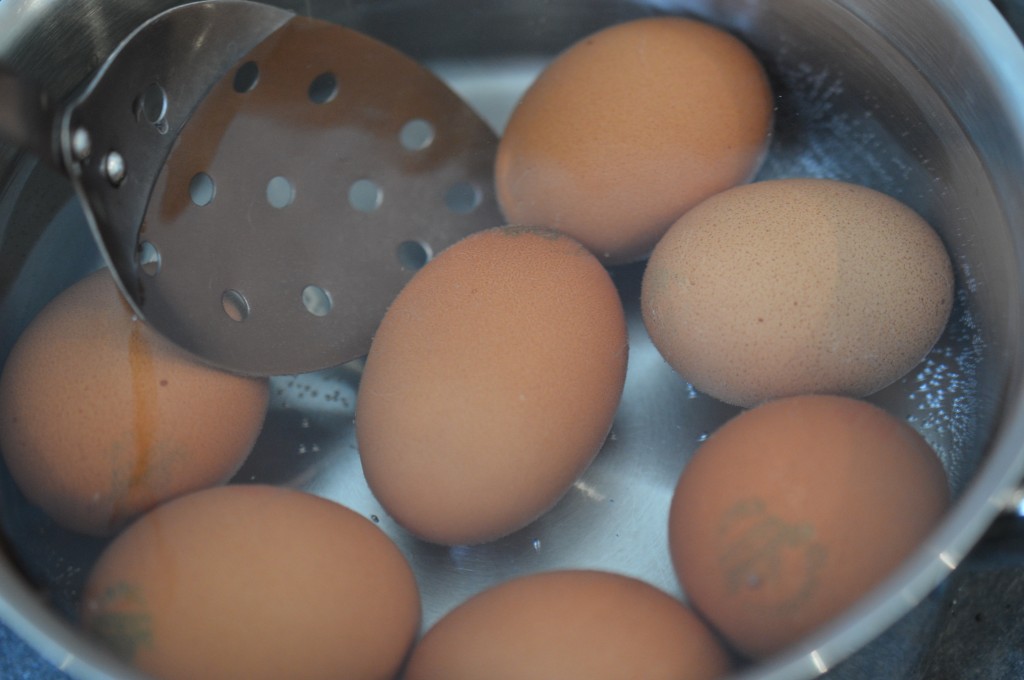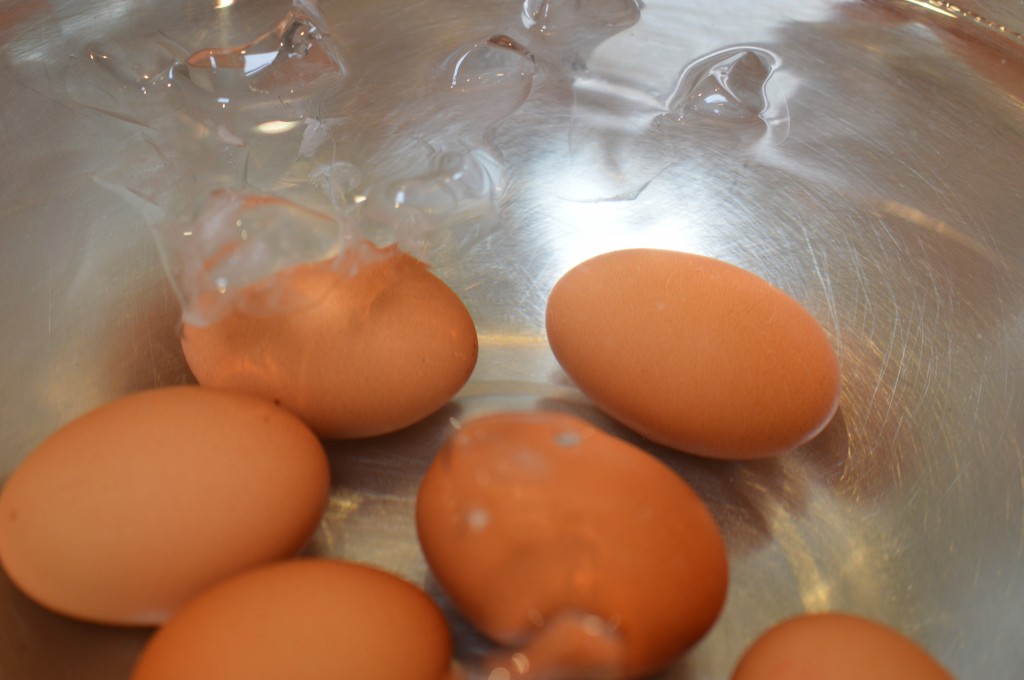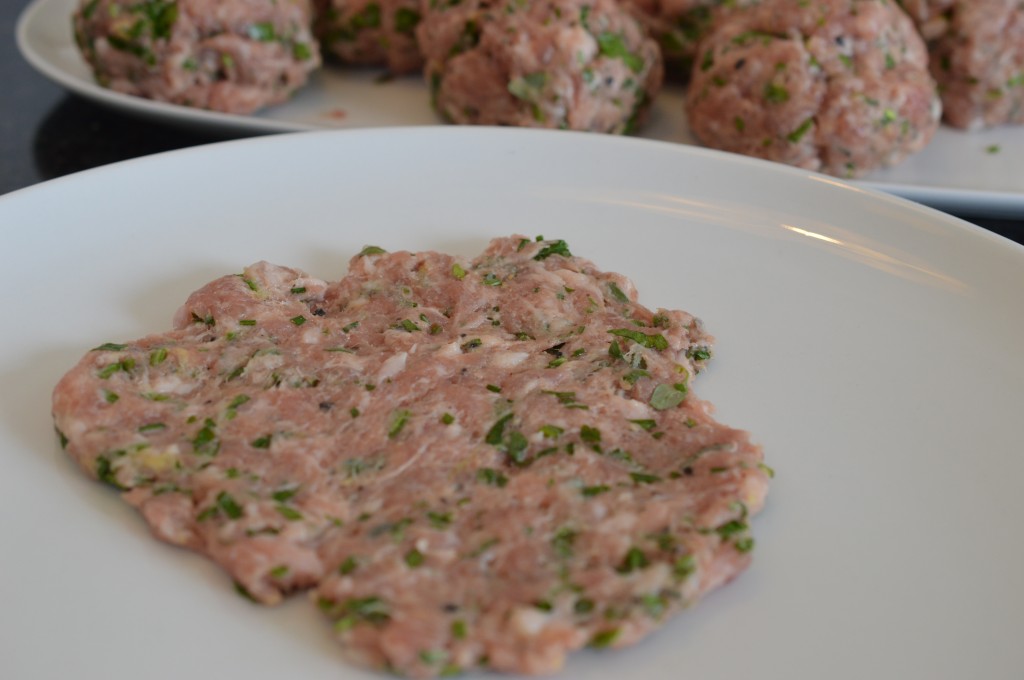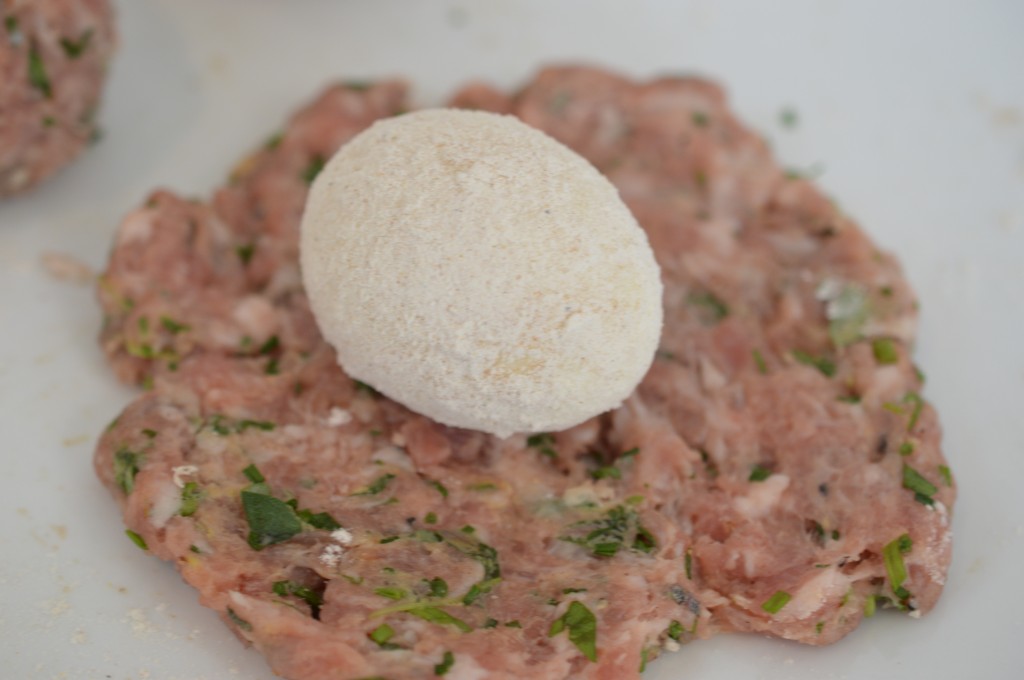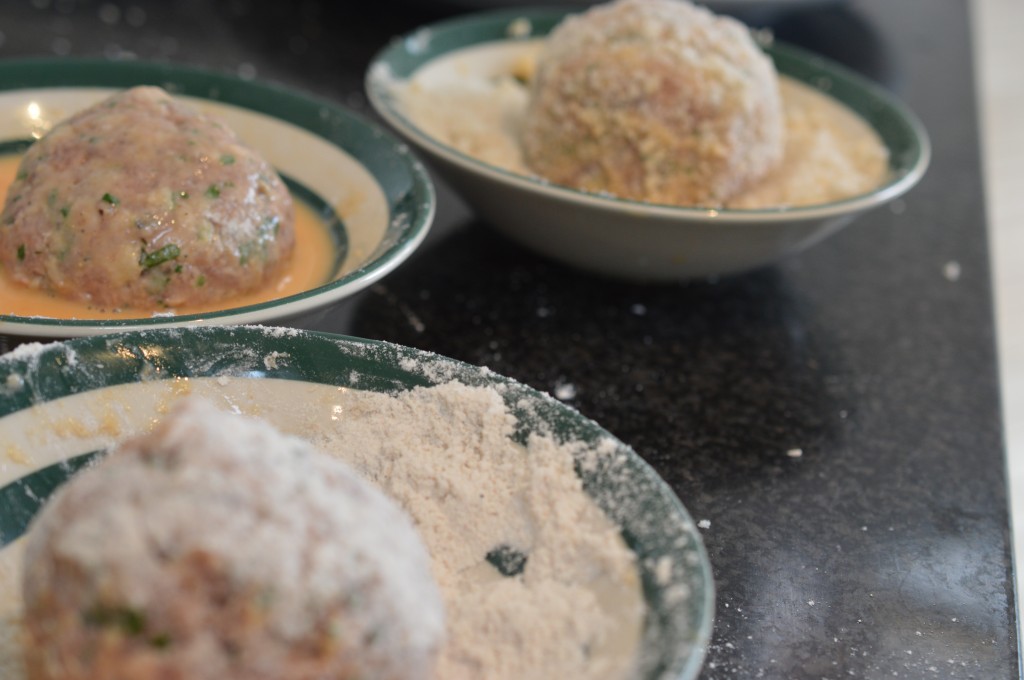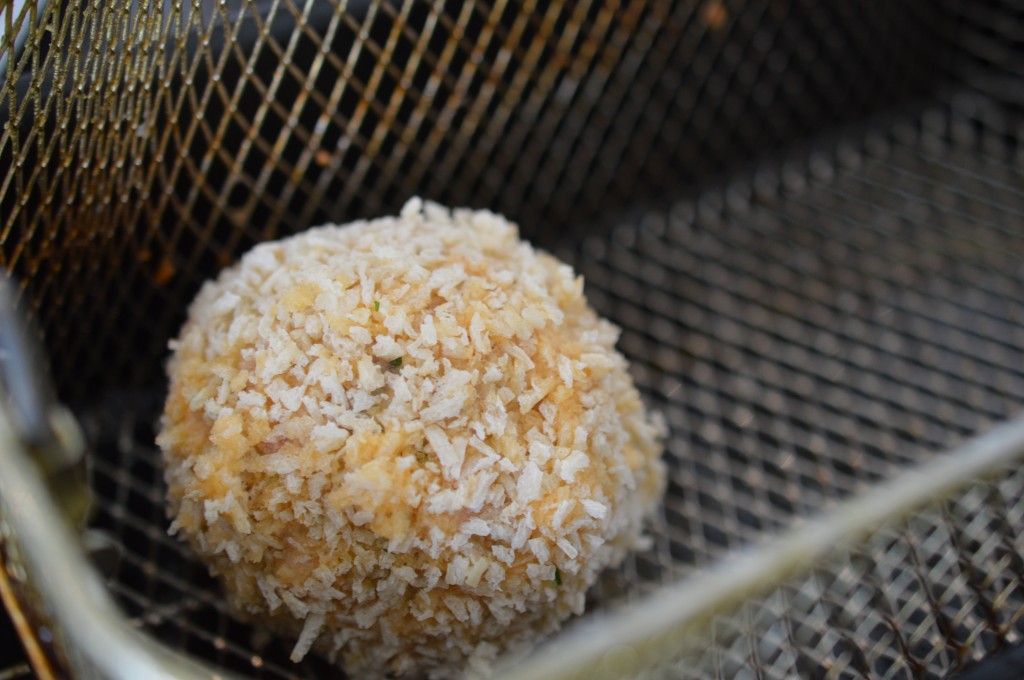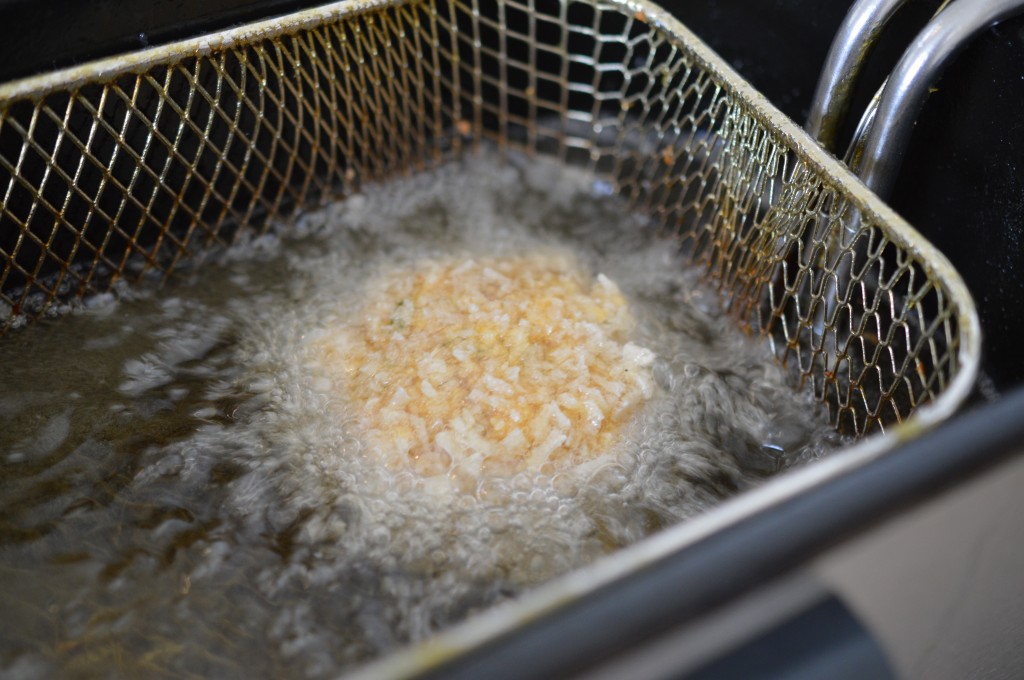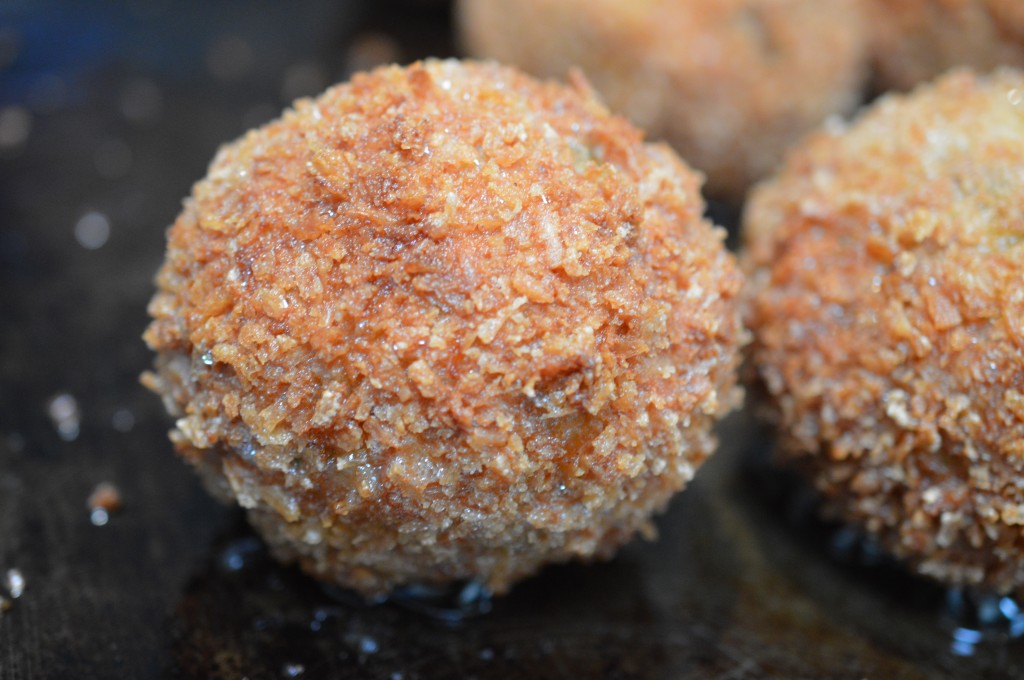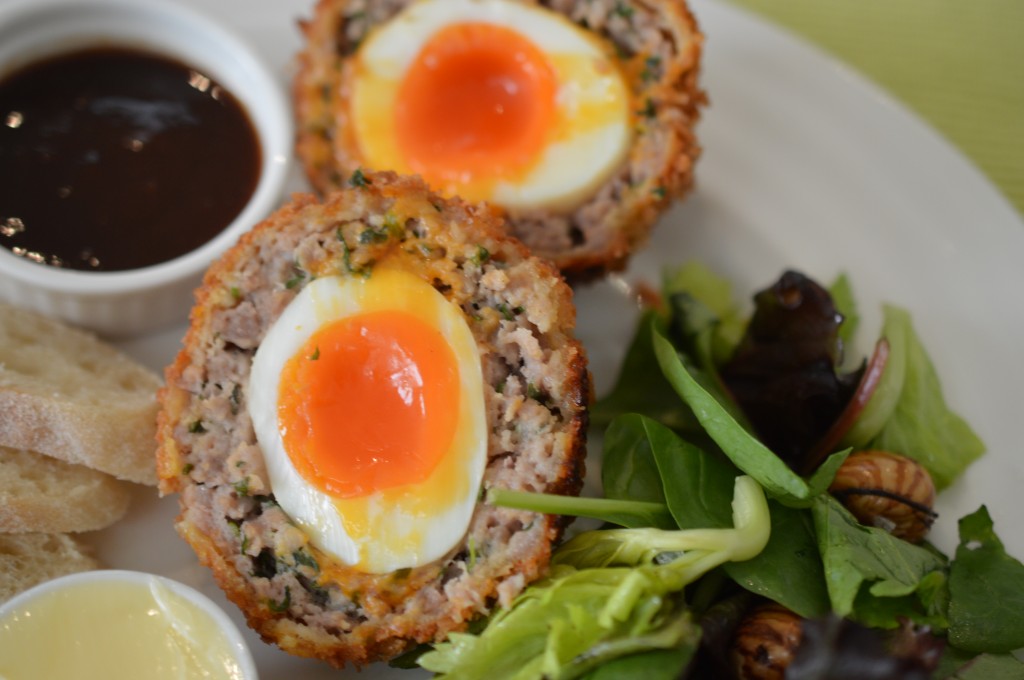Hard Boiled Eggs
Twice this week I’ve needed some hard boiled eggs. Once for Kedgeree and once for sandwiches – so I’m taking that as a sign and here is how I do it.
Not surprisingly, it begins with the egg. I buy free-range – always. It’s more expensive but if you’ve ever seen the conditions battery hens are kept in you’ll understand why. Within the EU, an egg labelled ‘free-range’ guarantees the hens have had continuous day-time access to outdoor runs ‘mainly covered in vegetation’. An egg labelled ‘organic’ is automatically ‘free-range’. That’s not ‘worldwide’ so you’d need to check if you live outside the EU.
Doing anything with an egg is much easier if you know how old your egg is. If you buy eggs in a box which is stamped with the lion mark it will give you a best before date. That date is 21 days after laying so you can do some calculations.
The other way to tell the age of an egg is to float it in cold water. A newly laid egg will sink to the bottom of a glass and lay entirely horizontal. This is because there’s no air pocket. As the egg ages the porous shell will absorb air which will collect in the rounded end. When you float an egg with an air pocket it will cause the egg to tilt upwards. A egg which sits vertical is stale.
A newly laid egg will poach effortlessly and, really, anything else is best not poached. It’s also better for fried eggs, scrambling, making omelettes and for any recipe which asks you to separate the yolk from the white. When an egg is fresh the yolk is plumper and the white clings to it.
Not only does the porous shell absorb air it allows the natural moisture in the egg to evaporate. As the egg ages everything becomes flatter and looser. For peeled hard boiled eggs the optimum egg is one between 5-12 days old. You can, of course, hard boil an egg of any age. What you’ll struggle with is the peeling. When the egg is fresh the inner membrane which surrounds the egg white adheres like glue. As the egg ages that membrane becomes looser and the shell slips off effortlessly.
Start with your egg at room temperature. That air pocket which settles at the rounded end – prick it. Being a woman of limited interests, a gadget to do just that is what Father Christmas put in my stocking a few years ago.
Pricking the egg before boiling lessens the chance of the shell cracking. Sometimes that matters and sometimes it doesn’t.
Use a saucepan which minimises the amount of space the eggs have to bounce about. Again, that’s about not cracking the shell during cooking.
Place your eggs in the saucepan in a single layer and cover with cold water so it covers the eggs by 1cm/½”.
Bring the water up to simmering point – and set the timer for 7 minutes. This will give you a set yolk. If your egg is fresh, less than 5 days old, cook for 7½ minutes.
Overcooked eggs taste like rubber. They are also the ones which tend towards having a dark line around the yolk. The solution is to stop the egg cooking as quickly as is possible. It no long matters if the shell cracks so tip it into a colander and run cold tap water over it. Keep going until the egg is cool to hold.
Finish cooling in a bowl of iced water.
Tap the egg all over on your work surface and start to peel at the wider end (where the egg pocket is). I always peel over the bowl and use the water to deal with any tough to peel bits. If you’re really struggling to get the shell off cleanly then peel under a running tap.
Back into the iced water until completely cold.
A bowl of hard boiled eggs, kept in the fridge, is great for snacking on.
Eat.
- Eggs. 5-12 days old and at room temperature.
Prick the air pocket at the rounded end of the egg and place in a single layer in a saucepan. Cover with cold water. Bring to a simmer and then set the timer for 7 minutes (adding an additional 30 seconds if your egg is fresh).
Drain in a colander and rinse in cold water to stop the egg cooking.
Transfer to a bowl of iced water. Once cool enough to handle, peel. (If the shell is sticking, peel under cold running water.) Return to the bowl of iced water until completely cold.
Eat.
